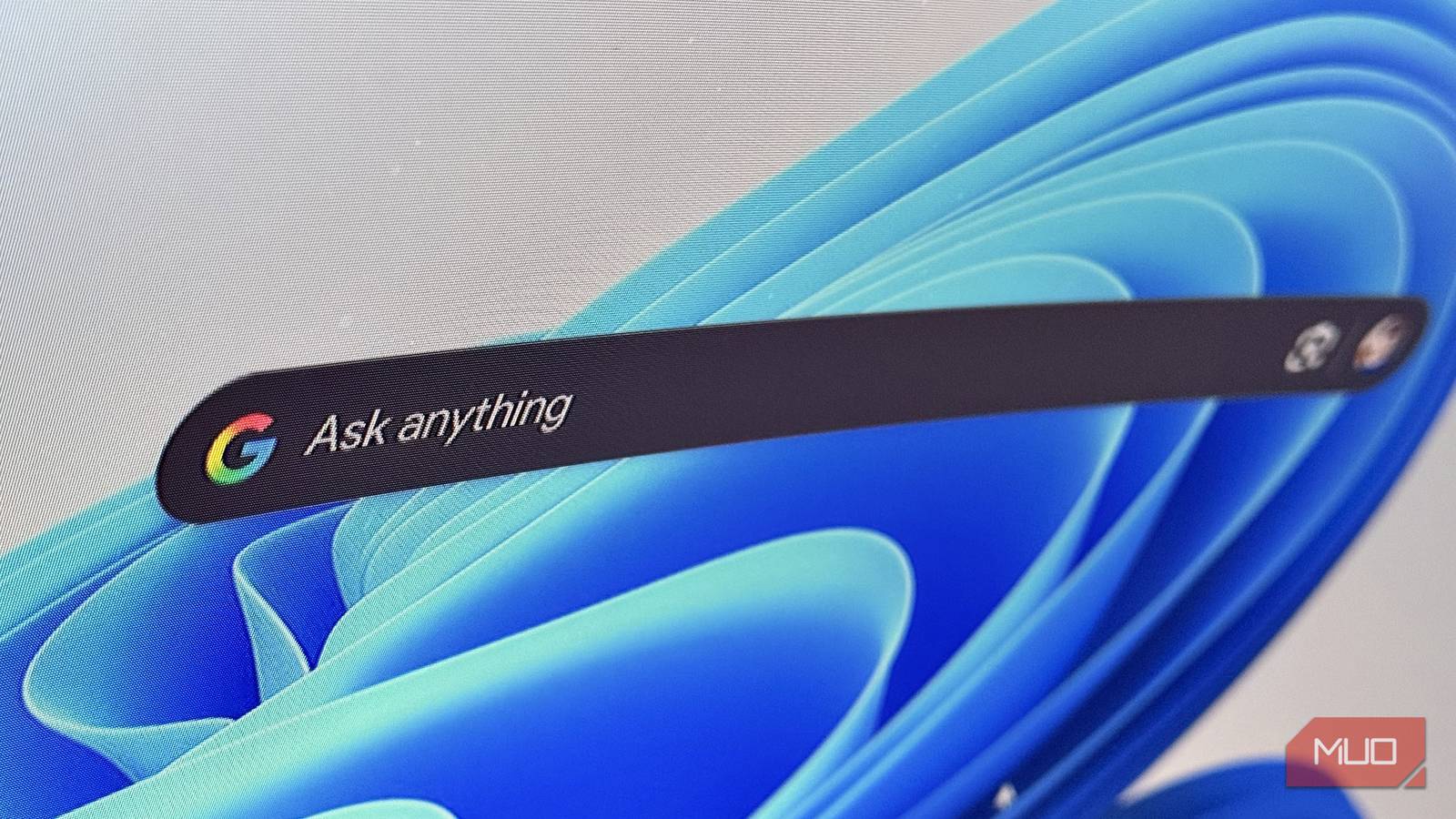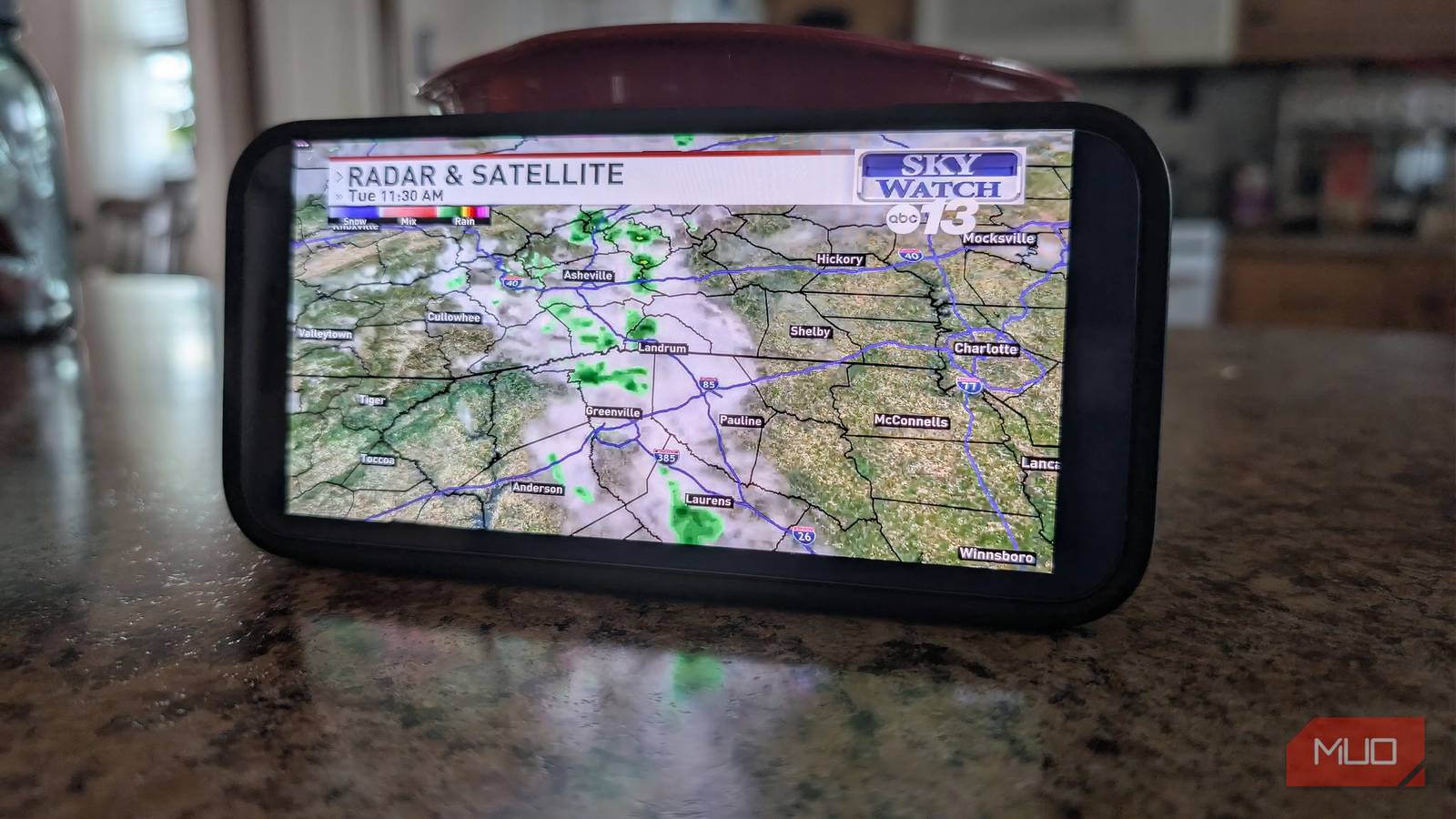Windows 11 is terrible in many ways. We all know this, and we’ve all talked about it before. I’ve ranted about how much of a disaster the Settings app is, with its inconsistent UI, hidden toggles, and constant back-and-forth with Control Panel. We’ve complained about the new File Explorer, which somehow manages to look modern yet function worse than its decade-old counterpart. But above all, the Windows 11 Start menu is just downright terrible—both technically and in the actual experience of using it.
Well, Google may have just managed to ease that pain with its own app. Google recently released a standalone Google app for Windows, and to my surprise, it’s actually pretty great.
The Google app for Windows is here
Spotlight for Windows, but actually useful
Google’s new app for Windows is part of its ongoing AI experiments. You can only enable it if your Google account is set to the U.S., but that’s the only real barrier. Once it’s available, you download a small executable, run the installer, sign in, and that’s it—you’re ready to go.
The Google app for Windows reminds me a lot of Spotlight on macOS. It’s lightweight, elegant, and instantly accessible. A simple press of Alt + Space brings it up, no matter what you’re doing. It’s always there, ready to go, without the clutter or delays you’d expect from Microsoft’s approach.
The app functions as both a local and online search hub. You can use it to find files or apps on your PC and Google Drive, or search the web just as you would in a browser. Despite being categorized as an “AI experiment,” it doesn’t have AI enabled by default. You can enable Google’s AI Mode in the settings if you want.
Having a small, distraction-free window dedicated purely to searching Google is a massive boon. It means I don’t have to keep dozens of throwaway Chrome tabs open for random quick lookups. If I just want to check something, it happens in the app. If I actually need to dive deeper into a page, that opens in Chrome—just as it should.
The app also comes with Google Lens built right in. That extends Lens beyond the browser and makes it a system-level tool. I’ll admit I’m not a big Lens user myself, but I know plenty of people who swear by Circle to Search and similar features on their phones. For them, having it on desktop too will be huge. It’s another way Google is quietly making Windows feel more capable than Microsoft does.
Google’s search is so much faster than Windows’
Google fixes Windows for Microsoft
Now, let’s talk performance, because this is where Google really embarrasses Microsoft. Searching for a file in Windows File Explorer is nothing short of disastrous. It takes minutes just to find something that should be instant. I won’t even bother comparing File Explorer.
The Start menu search, on the other hand, is infamous. It’s improved slightly over the years, and while it tries to be fast, it’s still very inaccurate. In fact, the whole design of the Windows 11 Start menu is a bit offensive. Ads, clutter, and unnecessary integrations ruin what should be the simplest part of an OS. Even technically, it’s a mess. Did you know parts of the Start menu actually run on React? Instead of the WinUI that Microsoft was pushing so hard? Try opening Task Manager and hammering the Start key. You’ll see CPU spikes that are downright ridiculous for something that should be as lightweight as a menu.
When the Start menu finally does search, it often fails at the basics. Half the time, when you search for a local app, you don’t get the app—you get a web search result. I searched for an app I knew was installed, and instead of showing me the app, Windows pulled up its GitHub repo from Bing. Meanwhile, the Google app, which isn’t even a native Windows feature, instantly found the actual app on my system. The irony is almost painful here. The web search giant gets me the local file on Windows, while Windows itself directs me to a web search.
The Google app for Windows isn’t objectively impressive. It doesn’t pull off any magic tricks. But in context, it’s remarkable. Simply by existing and doing the job cleanly, it outperforms the native search designed by Microsoft itself. And that says everything about how poorly Microsoft has handled Windows 11.
When a company the size of Microsoft makes a core system feature, third-party alternatives rarely beat it in speed, design, or integration. But Microsoft has lowered the bar so much that Google, without even trying that hard, has delivered something better. That’s where we are: third-party tools consistently outdo Microsoft at its own game. And this time, it’s Google stepping in and fixing what should have never been broken in the first place. So yes—thank you, Google!










